In France, privacy is not only a privilege, it is a right – the phrase “Everybody has the right to privacy” is enshrined in Article 9 of the French Civil Code and the courts’ definition of what constitutes a private life has been pretty broad including love life, friendships, family circumstances, religious or political opinions and state of health.
And this affects many aspects of life in France – from press reporting on politicians’ sex lives to whether you can fly a drone in public or install CCTV at your French property.
Drones and CCTV
Video surveillance systems are legal in France, but privacy rules mean that they are tightly regulated.
France’s capital is home to about 4,055 surveillance cameras, totalling not even one percent of the total CCTV cameras in place in London which had over 600,000 CCTV cameras as of 2020 (although it is a larger city).
In December, local authorities announced that Paris would have at least 320 new CCTV cameras put in place by 2026, which still pales in comparison to the less populous American capital, Washington DC, home to at least 17,000 CCTV cameras, according to WAMU.
State-operated CCTV – public authorities can only film the public space for specific reasons, such as “safeguarding installations necessary for national defence, regulating transport flows, recording traffic violations, preventing acts of terrorism”, and more. These cameras are not authorised to film the entrances or interiors of any nearby residential buildings.
Additionally, French public authorities are required to indicate the presence of a video protection system with a sign that includes information on how people can get in contact with the data protection officer in charge of the footage collected from that CCTV camera.
Before putting up any CCTV cameras, public authorities (and shopkeepers, who under certain circumstances can also use surveillance cameras), must get permission from the préfecture.
Private CCTV – If you want to set up a camera on your personal property, then you must also follow privacy rules – for example, you cannot film public spaces or your neighbours’ homes. If you employ anyone on your property, then you are legally obliged to inform them of the presence of a camera and you cannot film them “permanently”.
In certain circumstances, you may also be required to conduct a “data protection impact analysis (DPA)” before setting up surveillance cameras.
Drones – French courts have been battling over which government authorities should be able to use surveillance drones – and for what purposes. In January 2022, France’s Constitutional Council released their final verdict, deciding that national police could use them, but not municipal or local police forces. The verdict also specified that surveillance drones cannot be equipped with facial recognition.
When it comes to recreational drones, France also has very stringent regulations for their use – including a ban on any kind of filming or photography of a person unless they have given permission.
READ MORE: Flying a drone in France: What you need to know
Press and paparazzi
The French droit à l’image – or the right to your own image – states that everybody has a basic right not to have images of themselves published against their will.
So, for ordinary members of the public, general consent is required, unless the publication is in the public interest or if the person is pictured as part of a large crowd, for example at a demonstration. For minors under the age of 18, taking and publishing photos is subject to strict rules and typically parental authorisation. It’s also worth noting that ‘publishing’ includes putting pictures on social media.
READ MORE: EXPLAINED: Just how strict are France’s privacy laws?
The droit à l’image gets a little trickier when it is applied to public figures such as politicians or celebrities – essentially, it is broken down again into this idea of public v private space.
When it comes to photos taken in a private space, the photographer usually requires the consent of their subjects when they can be identified. France’s penal code states that taking or publishing a photo of somebody, taken in a private place without their consent, is punishable by up to a year in prison and a €45,000 fine.
It is worth noting that a car is considered a private space, which is why a French court ordered Closer magazine to pay damages to actress Julie Gayet, after publishing a photo of her allegedly on her way to meet then-president François Hollande, with whom she was having an affair.
Journalists and media organisations do have the option to argue that the publication was in the public interest, but the test for this is strict and – as the Gayet case shows – the simple fact of someone having an affair may not meet it.
In public spaces, no particular authorisation is needed if – crucially – a public figure is aware that their photo is being taken or if the image illustrates a newsworthy event. So you are also allowed to publish photos of public figures on the campaign trail, but paparazzi shots on the beach would be more difficult to justify.
ID cards
Technically, French national identity cards are not obligatory. However, there are many situations in France where you will need to prove your identity – like opening a bank account, identifying yourself to government agencies, or proving your immigration status – and as a result, daily life in France would be difficult without any form of identification.
ID cards in France also have a complex history – they are a relatively modern invention, having come about primarily in the 20th century, though some versions of ‘passports’ have existed since the Middle Ages.
READ MORE: EXPLAINED: How to officially prove your ID and address in France
During World War II, the Vichy government required that all French people over 16 have a national identity card, and that all French Jewish people have the word “Jew” stamped on the card, which later aided Vichy authorities in deporting thousands of people to concentration camps.
In 1955, ID cards became non-compulsory, and more recently electronic models have been released.
Data protection
France is often touted for having strong data protection regulations – in fact, the country was among the first to create legislation that protects personal data from being collected online in 1978 – yet despite this, internet scams and repeated cold-calling are commonplace.
CNIL – France’s data protection authority – exists to help protect your personal data that might be leaked for scams and cold-calling protected. CNIL’s original role was first defined as “preserving individual freedoms in response to advances in information technology”, and it regulates everything from the collection of private data online to its storage and use.
France also abides by the GDPR, the EU’s data privacy law which went into effect in 2018. This series of regulations seek to protect users’ personal data – things like your name, location, and IP address to your age, sex, or even political beliefs, basically anything that could allow you to be identified. You can learn more about it here.
Despite these protections, it is common to receive text messages encouraging you to click on fraudulent links, or phone calls from unknown companies seeking to sell you something.
READ MORE: Warning: 6 of the most common scams in France to watch out for
France has taken steps in recent months to combat these issues – in September, France’s telecom authority, Arcep, announced that it would begin requiring phone calls from ‘technical platforms’, such as call centres, to call from numbers starting with 09.
The French government also said in February that it would start launching an ‘anti-scam filter’ to inform the public whether they are visiting a website designated as a “scam site”.
Privacy v security
This right to privacy has been tested in recent years, by the terror attacks in the 2010s and more recently as the country prepares to host the Olympic Games.
The draft law on Games security proposes using “algorithmic” (AI) video surveillance, using CCTV footage and potentially drones, which could detect potentially dangerous situations by identifying suspicious crowd movements, and alert police forces to intervene.
However, the French government has emphasised that its security proposals should not include the use of facial recognition technologies and that automated video surveillance was an experimental measure for a defined period. The proposed security measures also need to be cleared by both parliaments and the constitutional court.

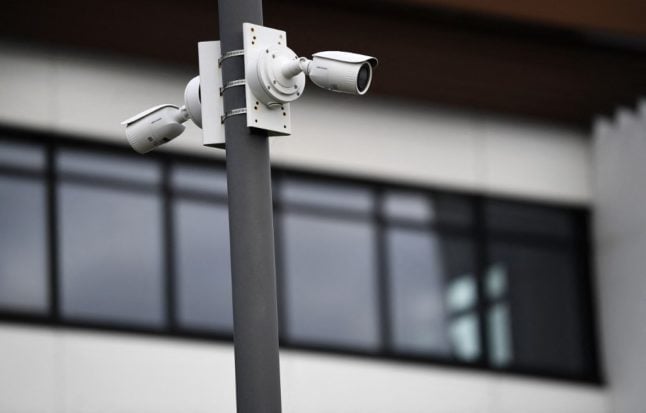
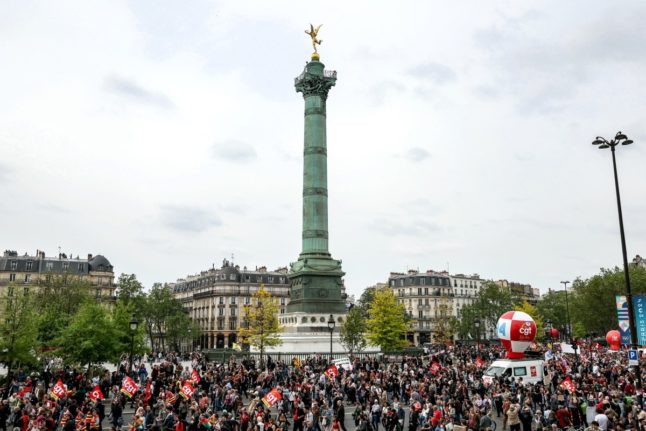
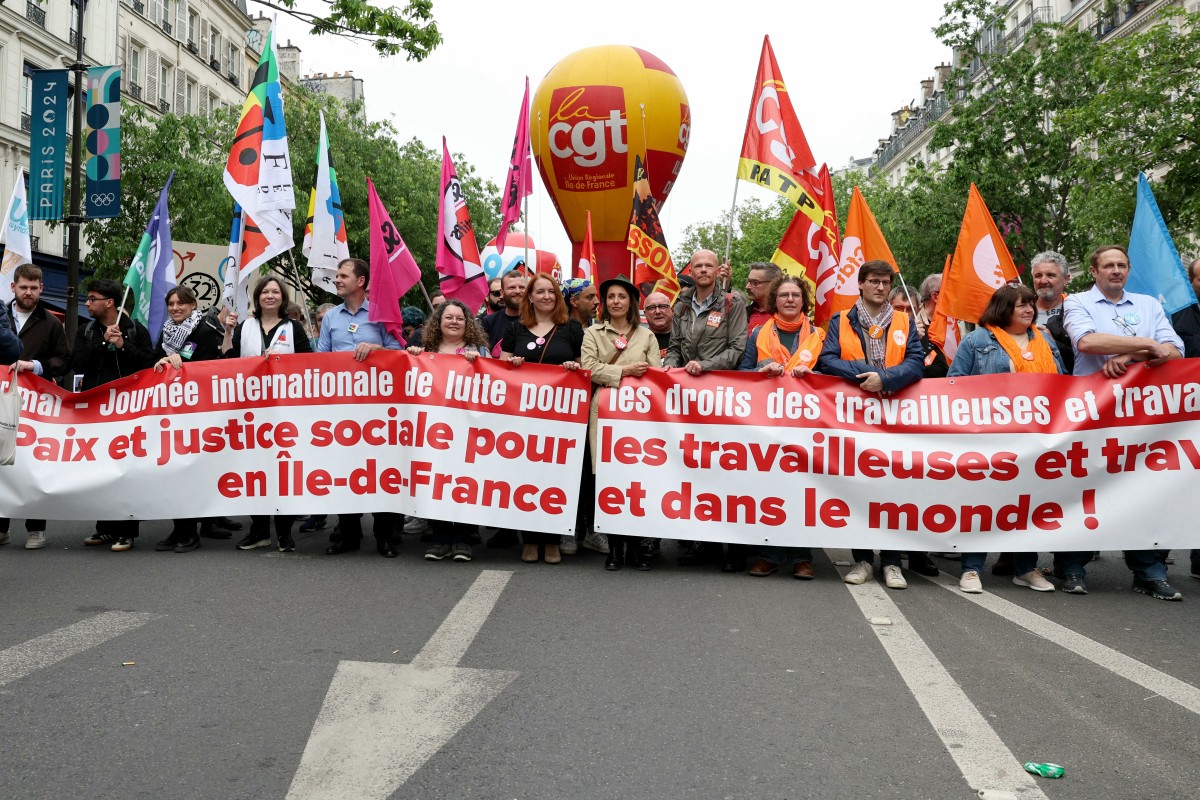
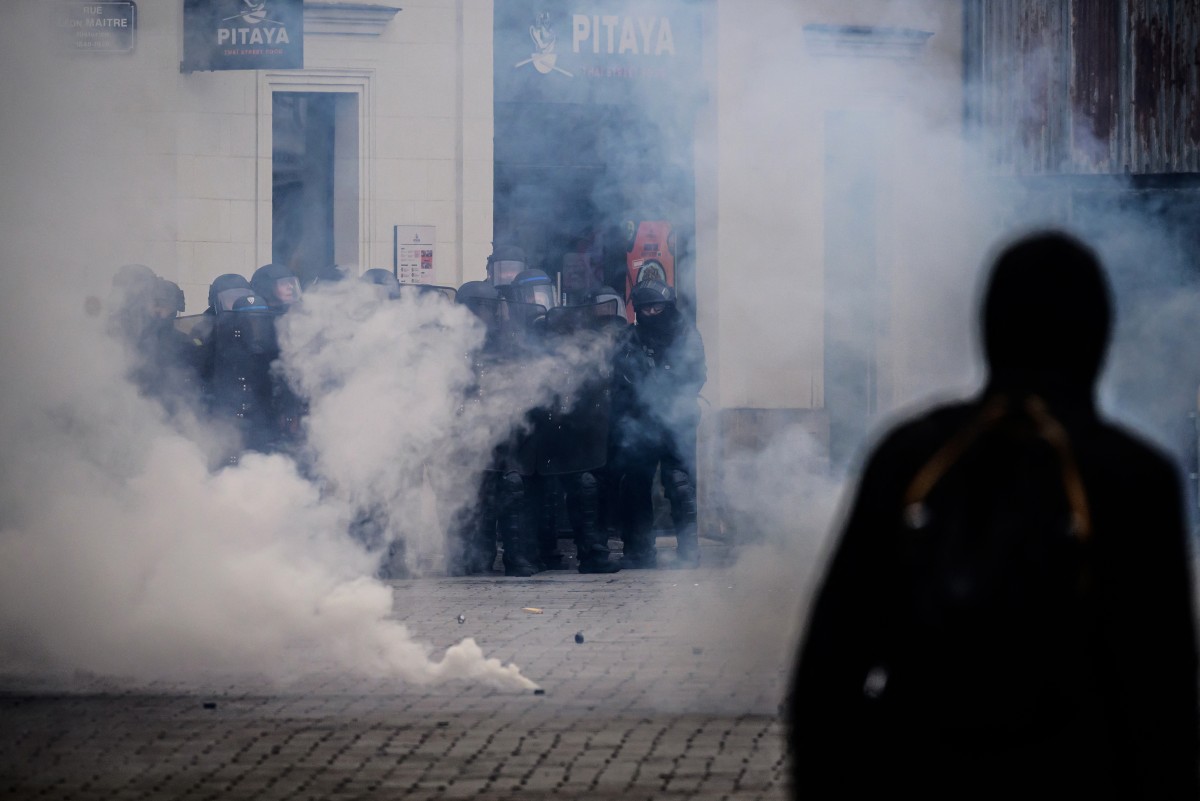
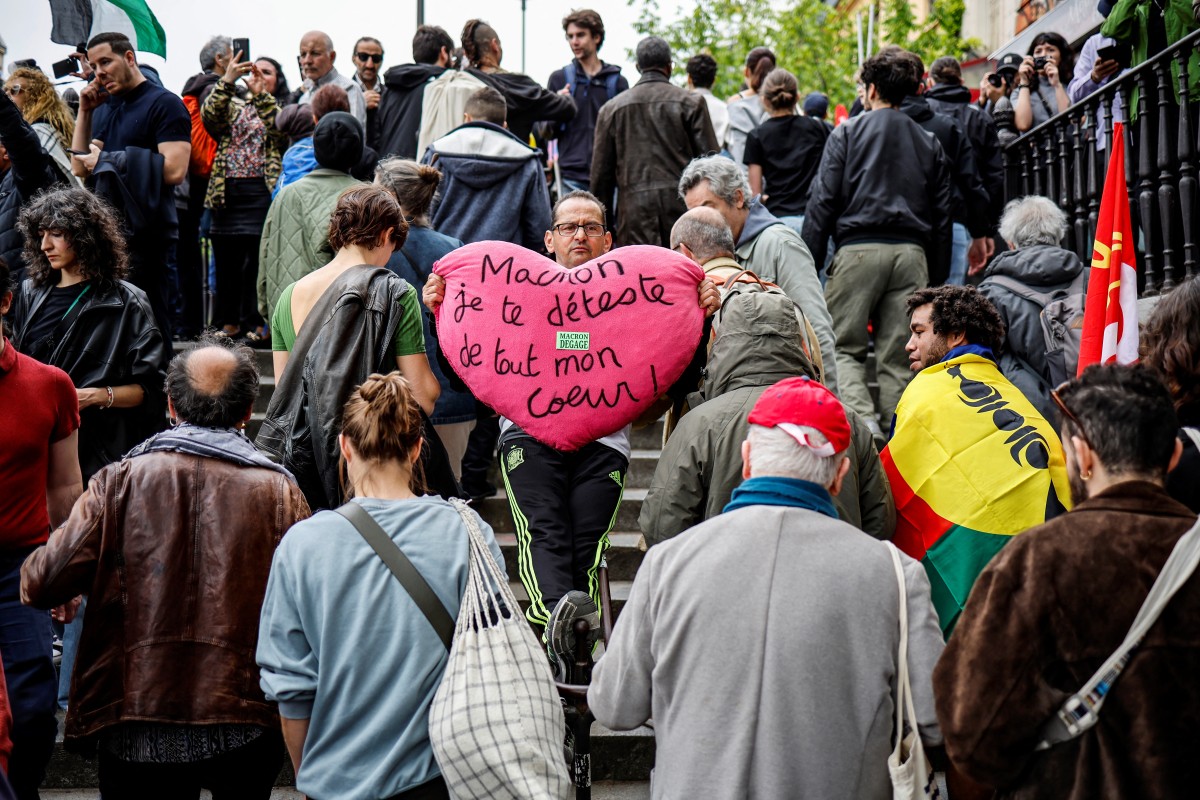

 Please whitelist us to continue reading.
Please whitelist us to continue reading.
Member comments